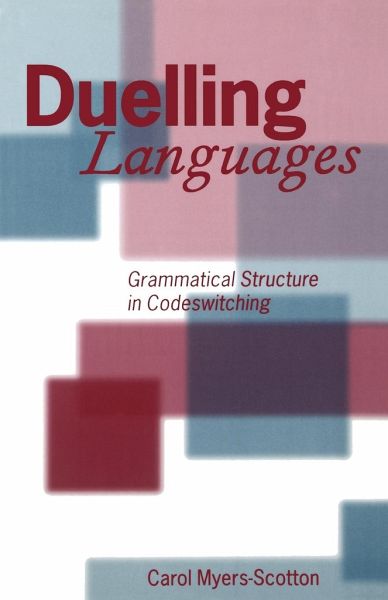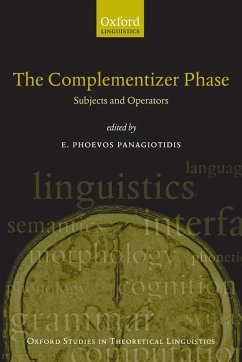
Duelling Languages
Grammatical Structure in Codeswitching
Versandkostenfrei!
Versandfertig in 1-2 Wochen
77,99 €
inkl. MwSt.

PAYBACK Punkte
39 °P sammeln!
The goal of this book, a companion volume to Social Motivations for Codeswitching (Oxford, 1993) is to describe and explain intrasentential codeswitching--the production of two or more languages within the same sentence. Most linguists who do not study codeswitching think of it as belonging strictly in the domain of sociolinguistics. Most codeswitching studies do indeed have a social aspect, because they typically use naturally occurring performance data as their base. This book, however, is just as much a study in grammatical theory as a study of language in use. The specific research questio...
The goal of this book, a companion volume to Social Motivations for Codeswitching (Oxford, 1993) is to describe and explain intrasentential codeswitching--the production of two or more languages within the same sentence. Most linguists who do not study codeswitching think of it as belonging strictly in the domain of sociolinguistics. Most codeswitching studies do indeed have a social aspect, because they typically use naturally occurring performance data as their base. This book, however, is just as much a study in grammatical theory as a study of language in use. The specific research question addressed is this: when speakers alternate between two or more linguistic varieties, how free is this alternation from the structural point of view? Carol Myers-Scotton develops a model of the morphosyntactic constraints on codeswitching and concludes that the principles governing codeswitching are the same everywhere.












